Types of Projections Perspective, Isometric, Dimetric, Trimetric
7 Types of Architectural Drawings Every Designer Should Know
a b c d f o w / NCIDQ Glossary / axonometric drawings: isometric, dimetric, trimetric axonometric drawings: isometric, dimetric, trimetric January 19, 2022 by Lisa League There are three types of axonometric projections: Isometric - all dimensions are the same scale Dimetric - di=2; 2 axes/dimensions foreshortened

Dimetric and Isometric Drawing
Axonometric drawing and projection includes Isometric, Dimetric and Trimetric variations. The term axonometric is derived from the greek terms 'axon' meaning axis and 'metria' meaning measuring of.. The drawing system equally divides 360° to create 3 drawing planes of 120°. Isometric drawing is the most commonly used method of axonometric.

How to draw Dimetric Grid and a Cube, Basic. YouTube
Axonometric projection Pohlke's:https://motufaga.com/index.php/2018/07/14/axonometric-projection-dimetric-trimetric-pohlkes-theorem/Axonometric projection by.
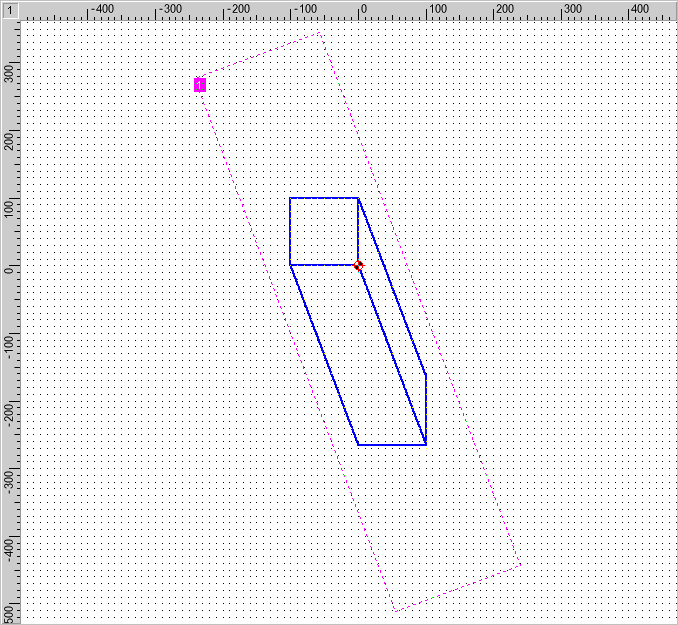
Dimetric and Isometric Drawing
A dimetric view is a way to project the object such that two faces are more inclined than the third one. In this type of view, the parallel lines are the same in length, the vertical lines are not the same in the length in the view. But in actuality, all the sides are of the same in length. Trimetric view

Geometry by gaciu000 Technical drawing, Geometric art, Geometry
View positions on drawings and corresponding viewing directions Positions of the other views relative to the principal view in the drawing depend on the projection method. The number of views and sections must be limited to the minimum necessary to fully represent the object without ambiguity. Unnecessary repetition of details must be avoided.
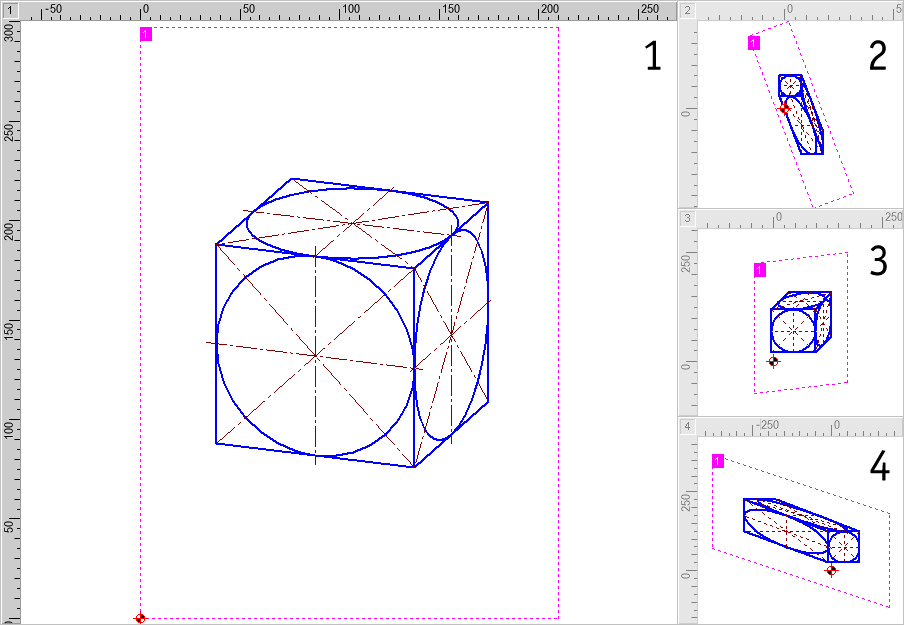
Dimetric and Isometric Drawing
In dimetric projection, the scaling of object on one axis (in this example, the z axis) is different than the scaling on two other axes (in this example, the x and y axes) which makes the cube here have two visible sides equally foreshortened.
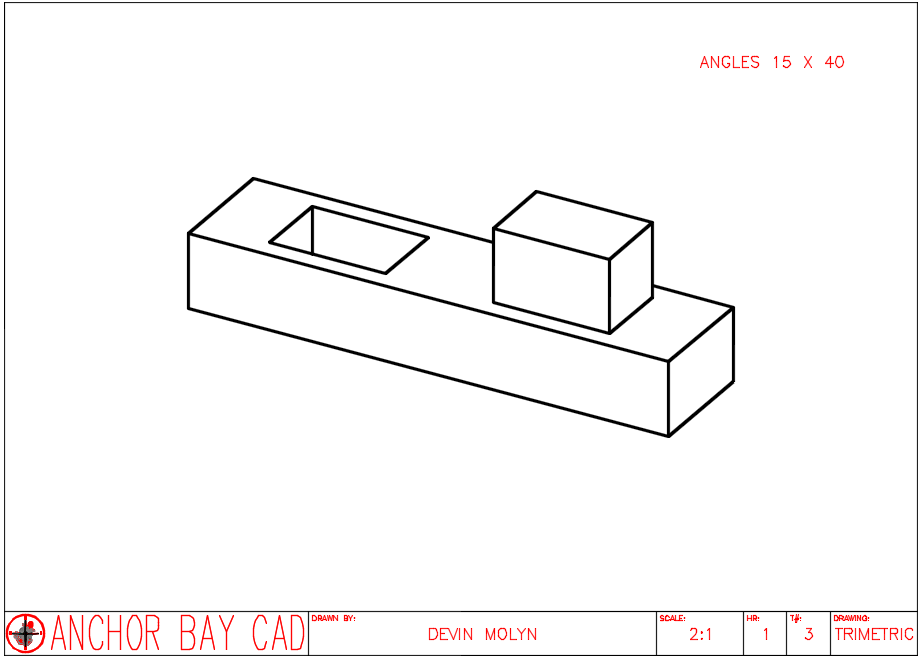
Segment 9 Engineering Drawings Devin Molyn CAD Portfolio
Geometry Comparison of several types of graphical projection Various projections and how they are produced The three views. The percentages show the amount of foreshortening. A simple orthographic projection onto the plane z = 0 can be defined by the following matrix: For each point v = ( vx, vy, vz ), the transformed point Pv would be
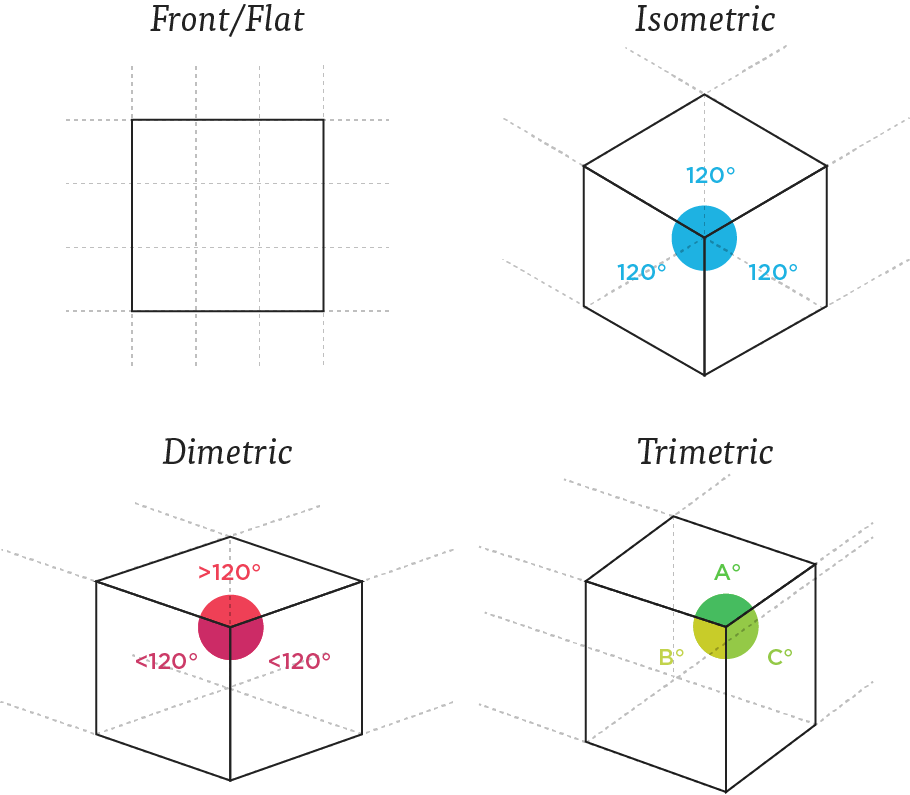
One platform, many perspectives Mark Thomas
In dimetric projection, the direction of viewing is such that two of the three axes of space appear equally foreshortened, of which the attendant scale and angles of presentation are determined according to the angle of viewing; the scale of the third direction is determined separately.

what is an axonometric drawing Ruling Weblogs Efecto
Axonemtrics consist of dimetric, isometric, and trimetric drawings. Dimetric. In a dimetric drawing, we rotate the object so that only one corner touches the picture plane. Isometric. An isometric drawing is a dimetric drawing in which all the object's axes are rotated away from the picture plane and kept at 30 degrees of projection. All legs.
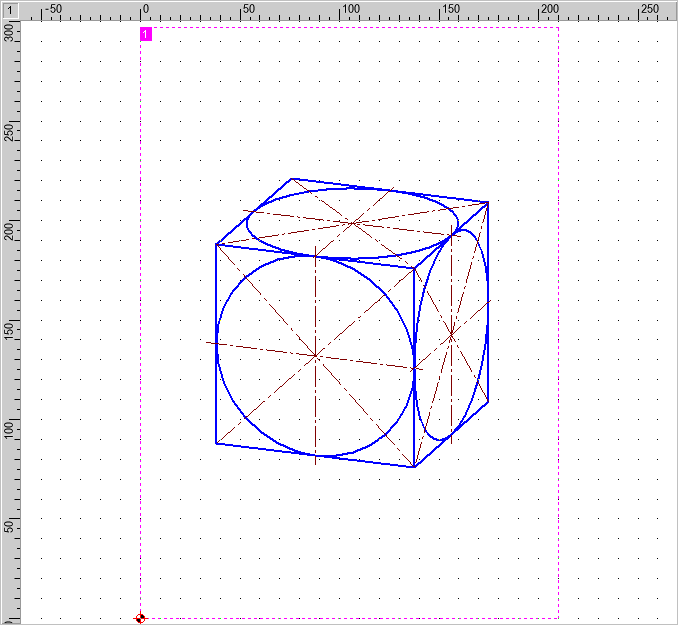
Dimetric and Isometric Drawing
Isometric views can be drawn directly, as shown in Figure 10-2 where the view has been rotated until the vertical edge of the cube appears vertical. 10-2 Isometric scale for the cube in 10-1 The 30° isometric projection has a height to width ratio of 1:√3. Two other common isometric views are shown in Figures 10-3 and 10-4.

Axonometric View, Axonometric Drawing, Isometric Drawing, Architecture
In geometry, axonometry is a drawing technique that which they show 3D parts in 2D planes. There are different methods of axonometric drawings. The Three Types Of The Axonometric Projection According to the foreshortening situation of the edges, there are three types of axonometric projection.

Types of Projections Perspective, Isometric, Dimetric, Trimetric
In this video, you will learn different types of Projection for 3D Objects.Projections - Perspective, Isometric, Dimetric, Trimetric, Oblique.#computer #comp.
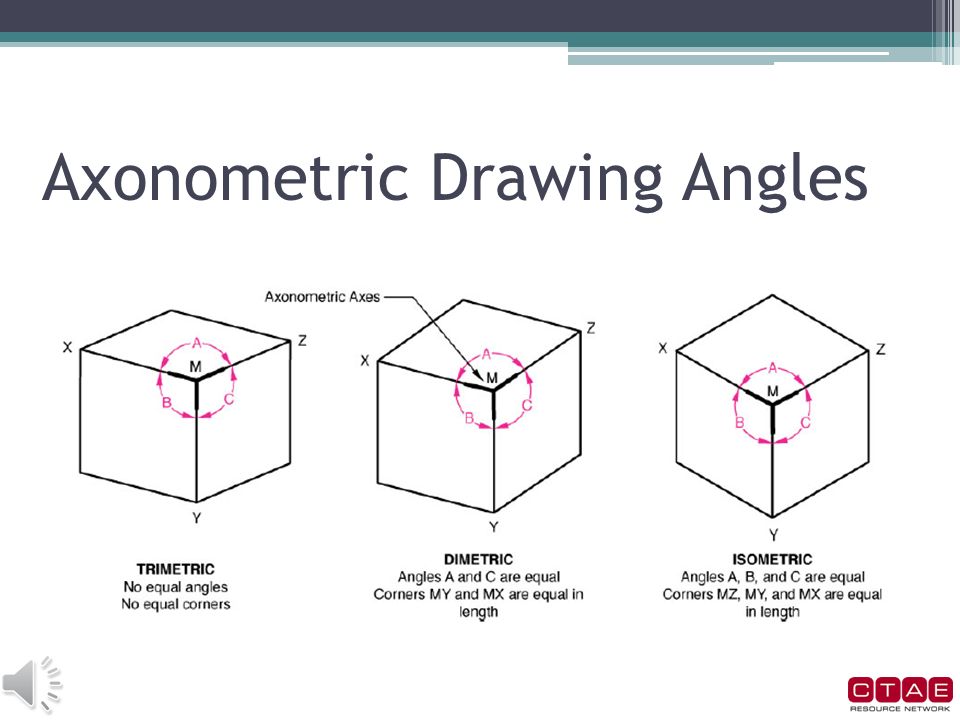
What Is The Difference Between Isometric And Trimetric View
Axonometric projection is a parallel projection technique used to create pictorial drawings of objects by rotating the object on an axis relative to a projection plane to create a pictorial view. One of four principle projection techniques is used in technical drawing: Multiview Axonometric Oblique Perspective

Technical Drawing 101 Dimetric Axo YouTube
Step by step process in creating a dimetric drawing using planes of projection.
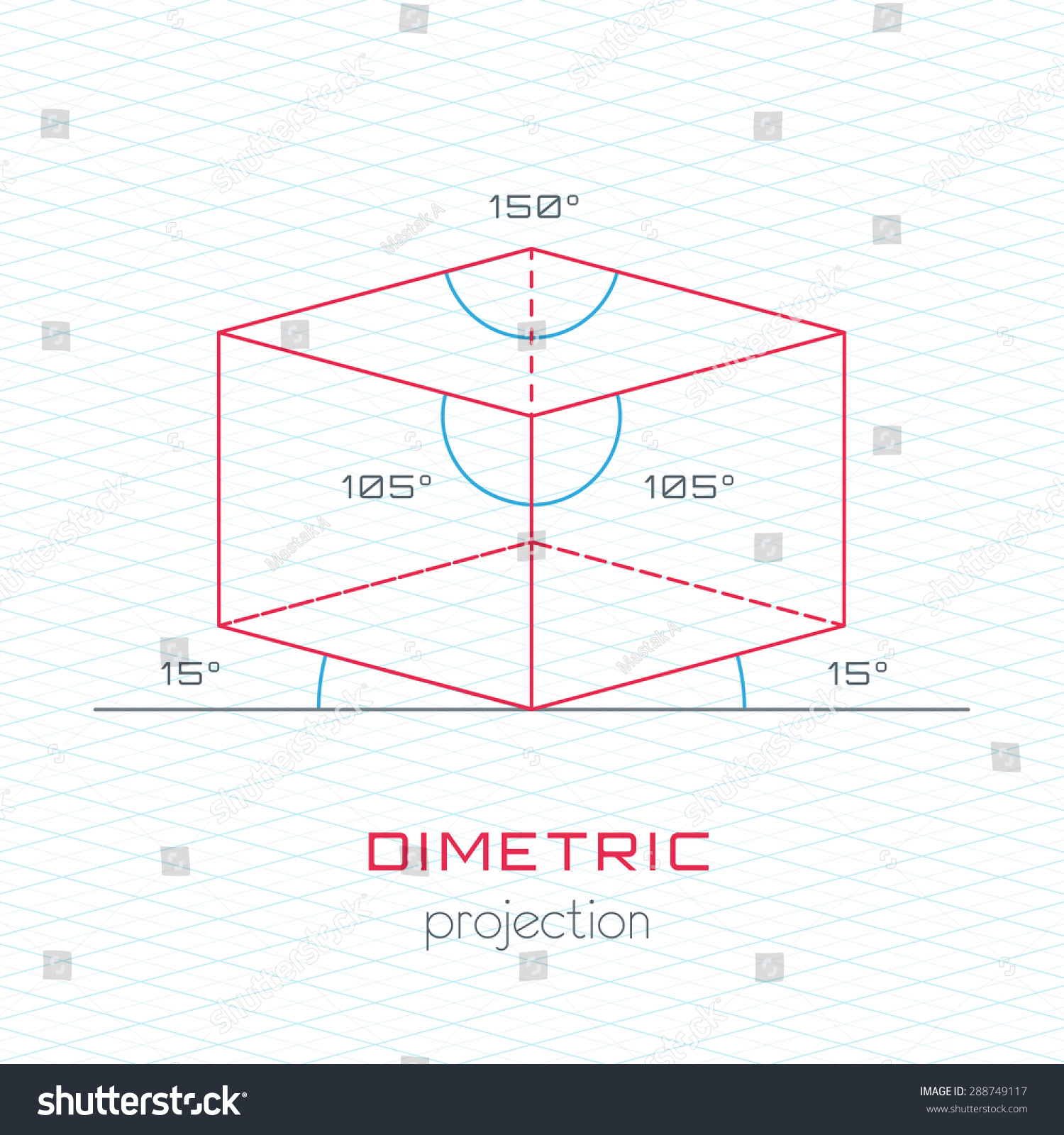
Frame Object Axonometric Perspective Dimetric Grid Stock Vector
Dimetric drawings. Two of the principal faces and axes are equally inclined to the plane of projection. Dimetrics have only two axes at the same scale and same angle to the picture plane.The vertical dimension is foreshortened. When the axes of the base are set at right angles, the drawing in essence begins with a plan view.

Architecture Student, Architecture Sketches, Vaporwave, Isometric
Another advantage is, in a computer game, that if you mirror the graphics of a dimetric projection, you are looking at a scene in a new, "fresh", perspective, while the basic computations for the coordinate system stay the same. NEN 2536 also presents a dimetric projection for technical drawings. It is summarized in the figure below.